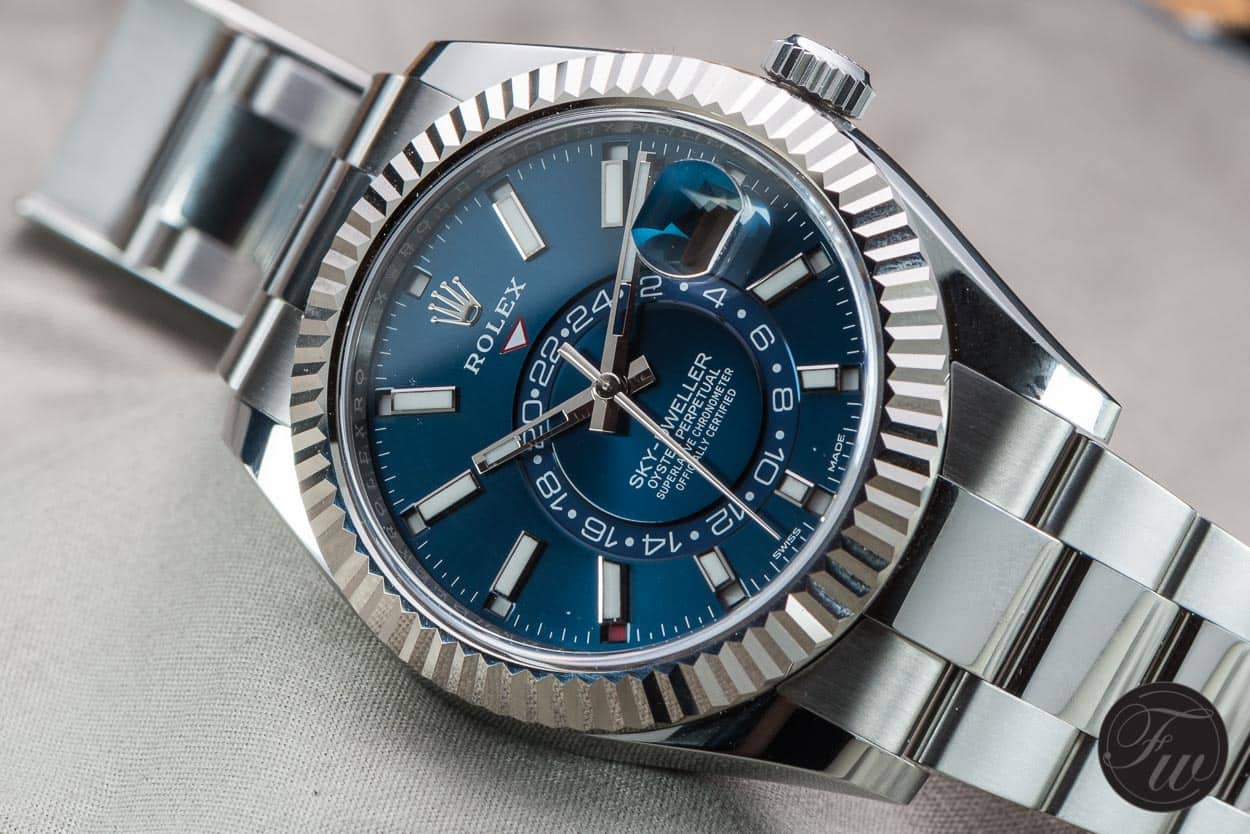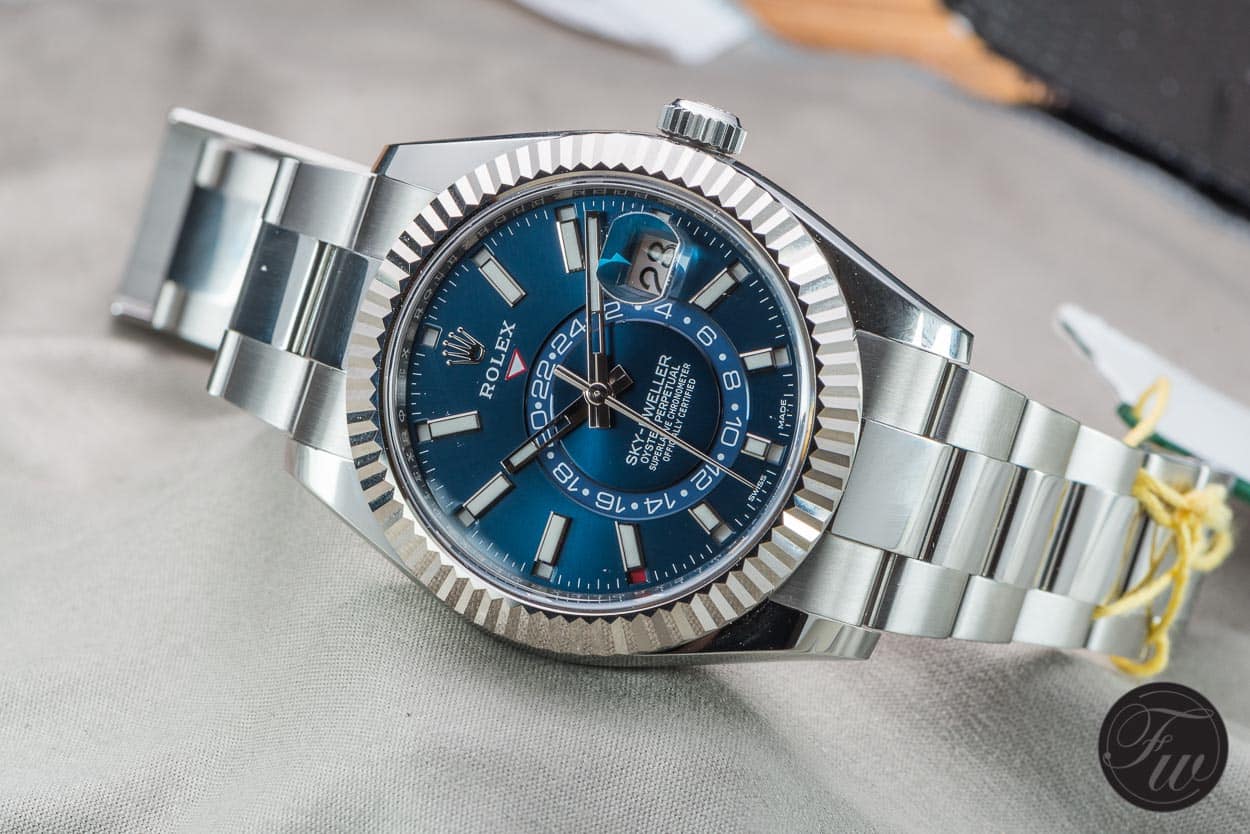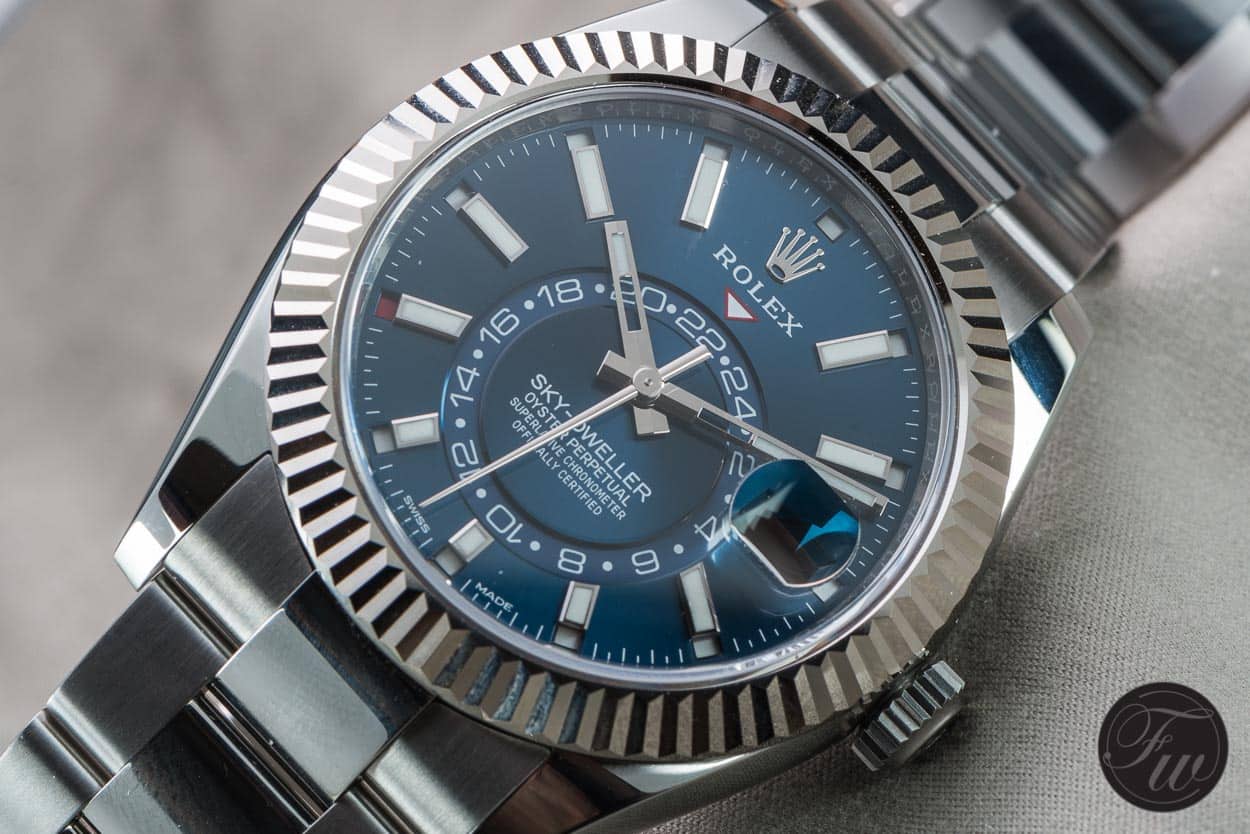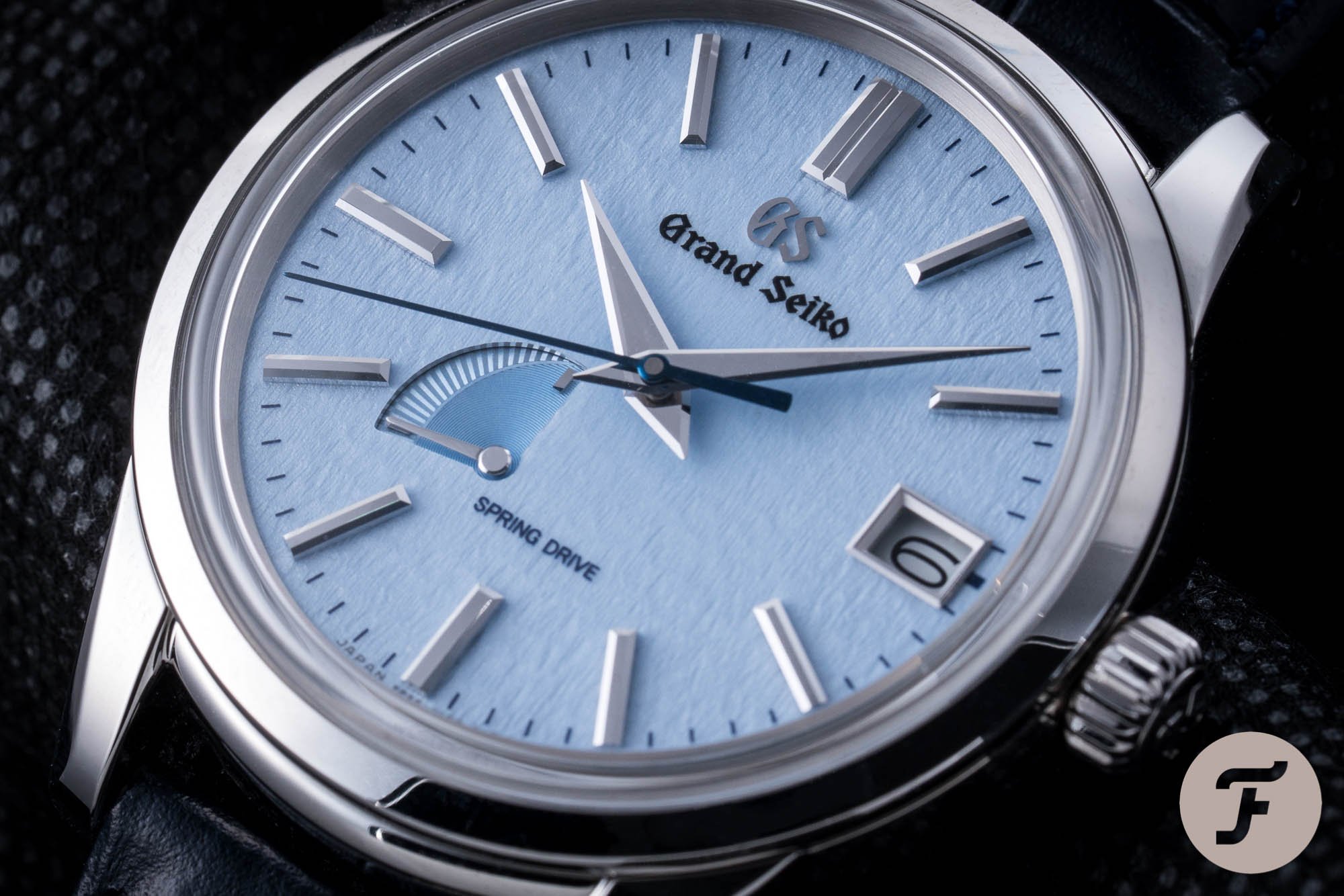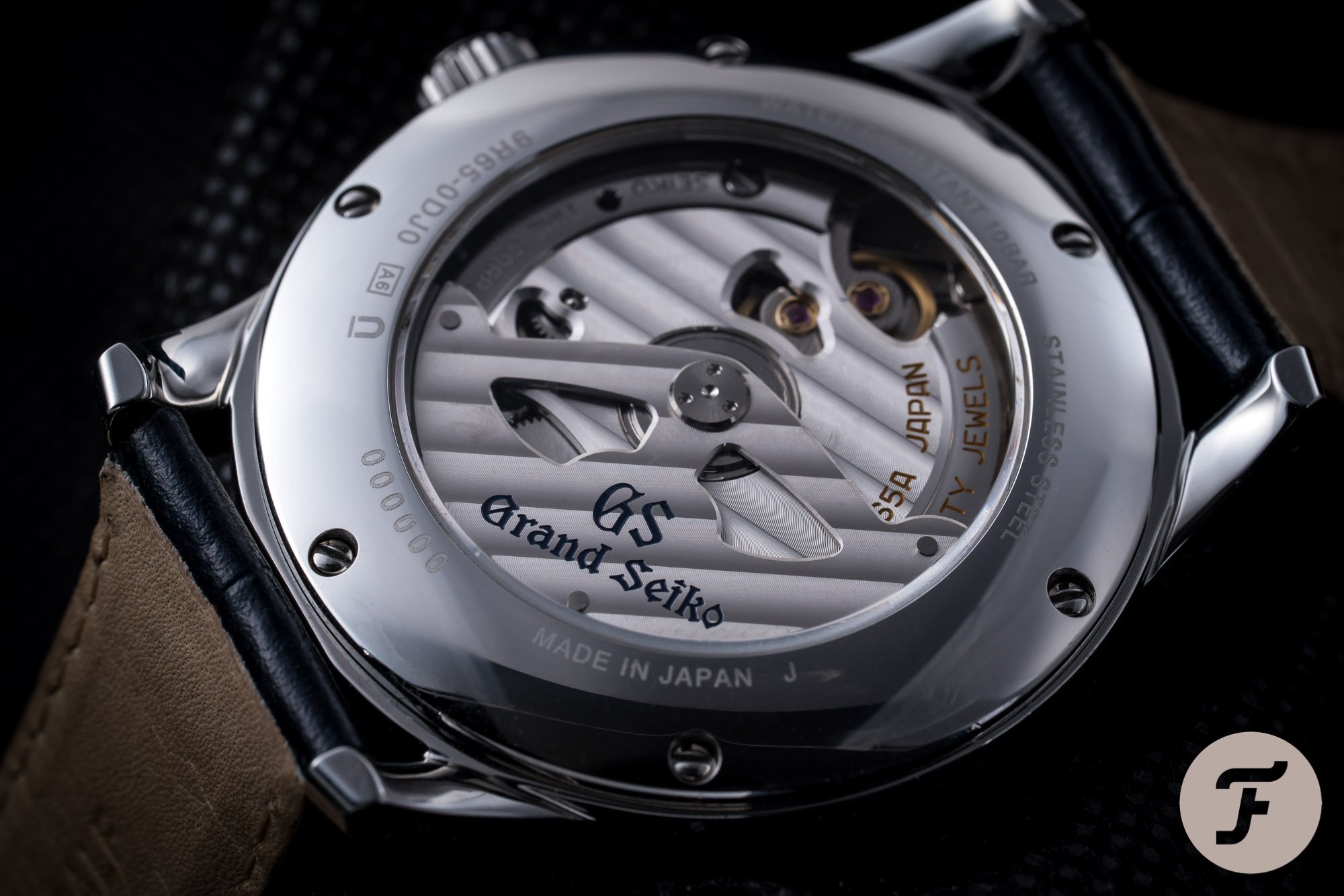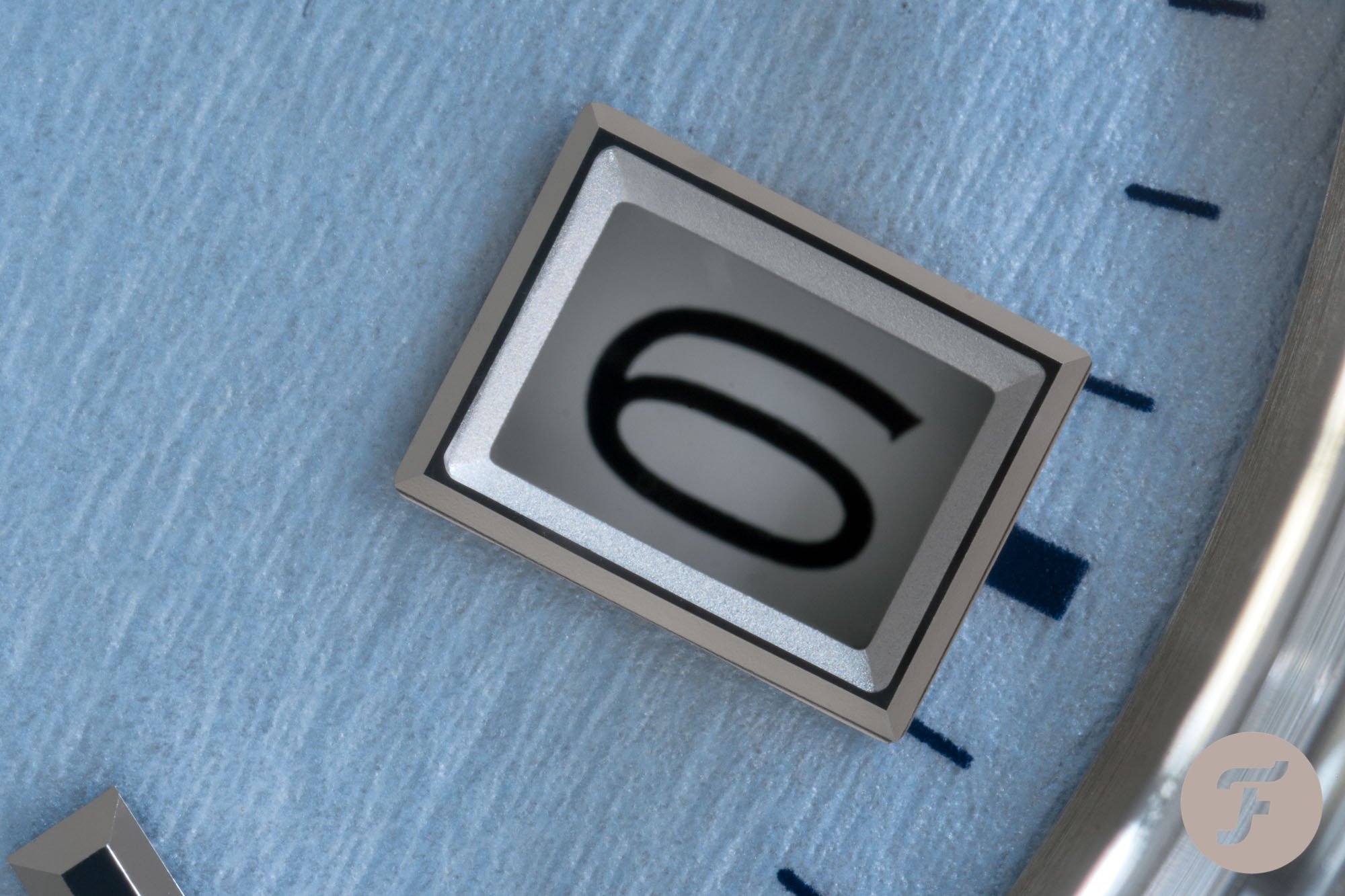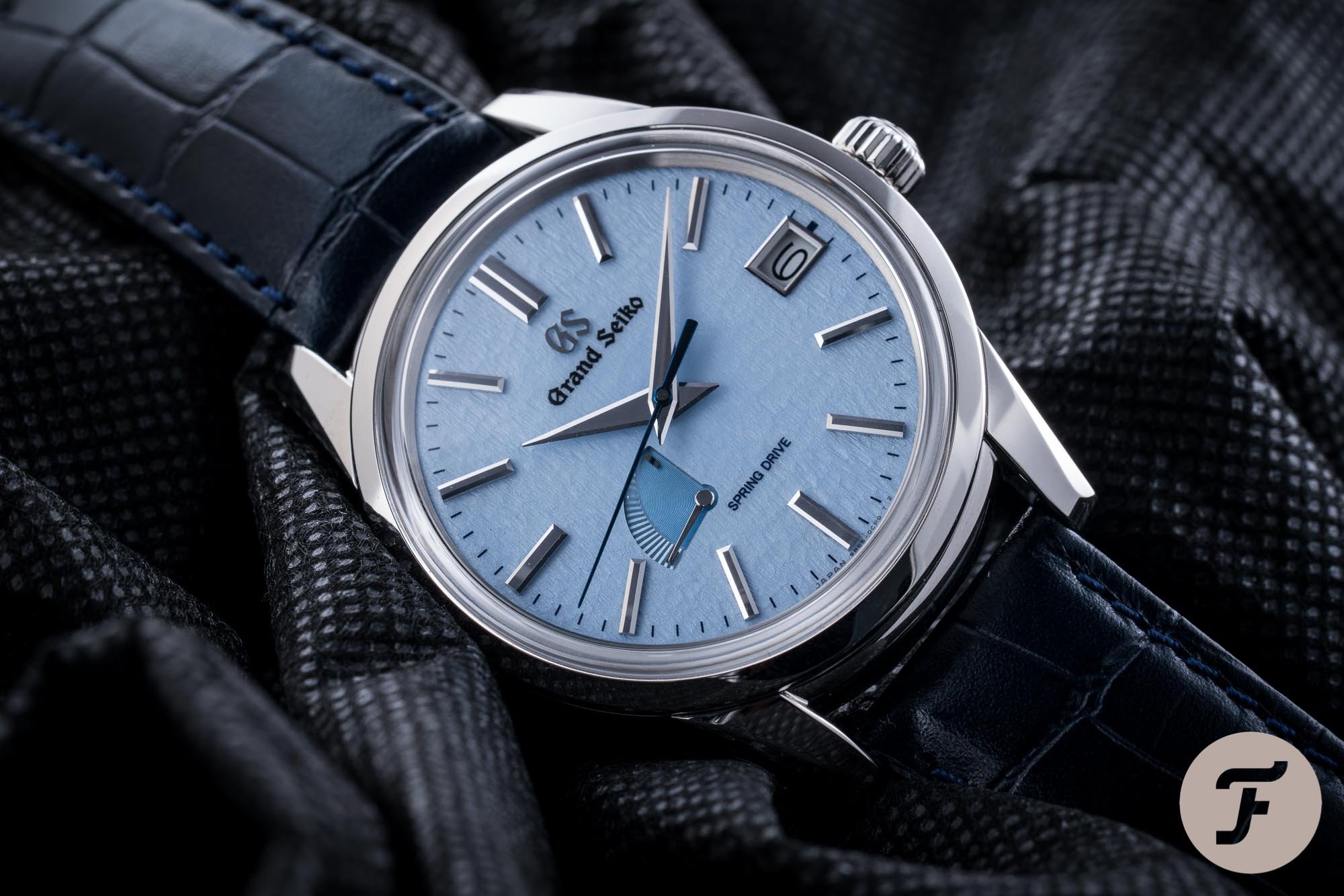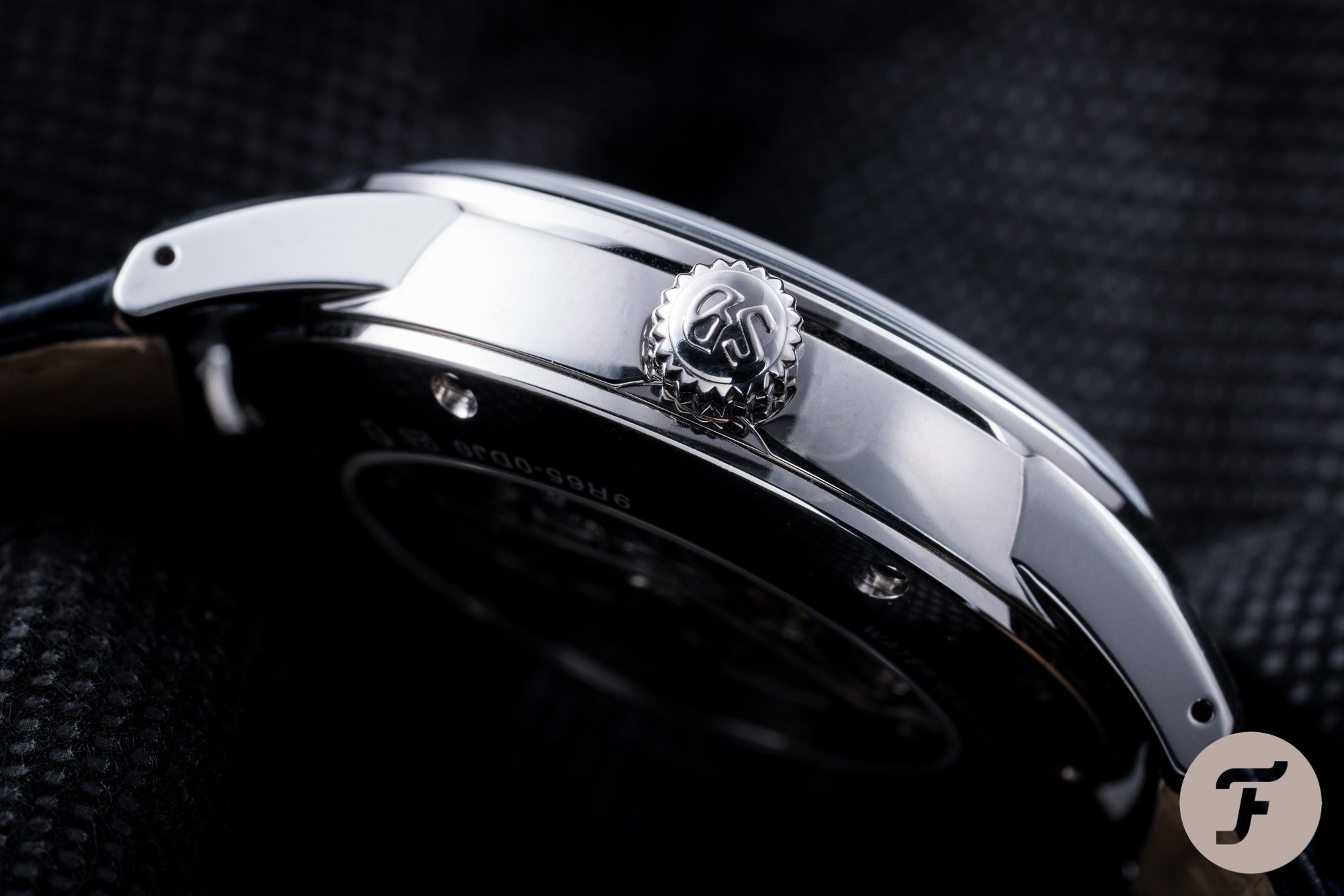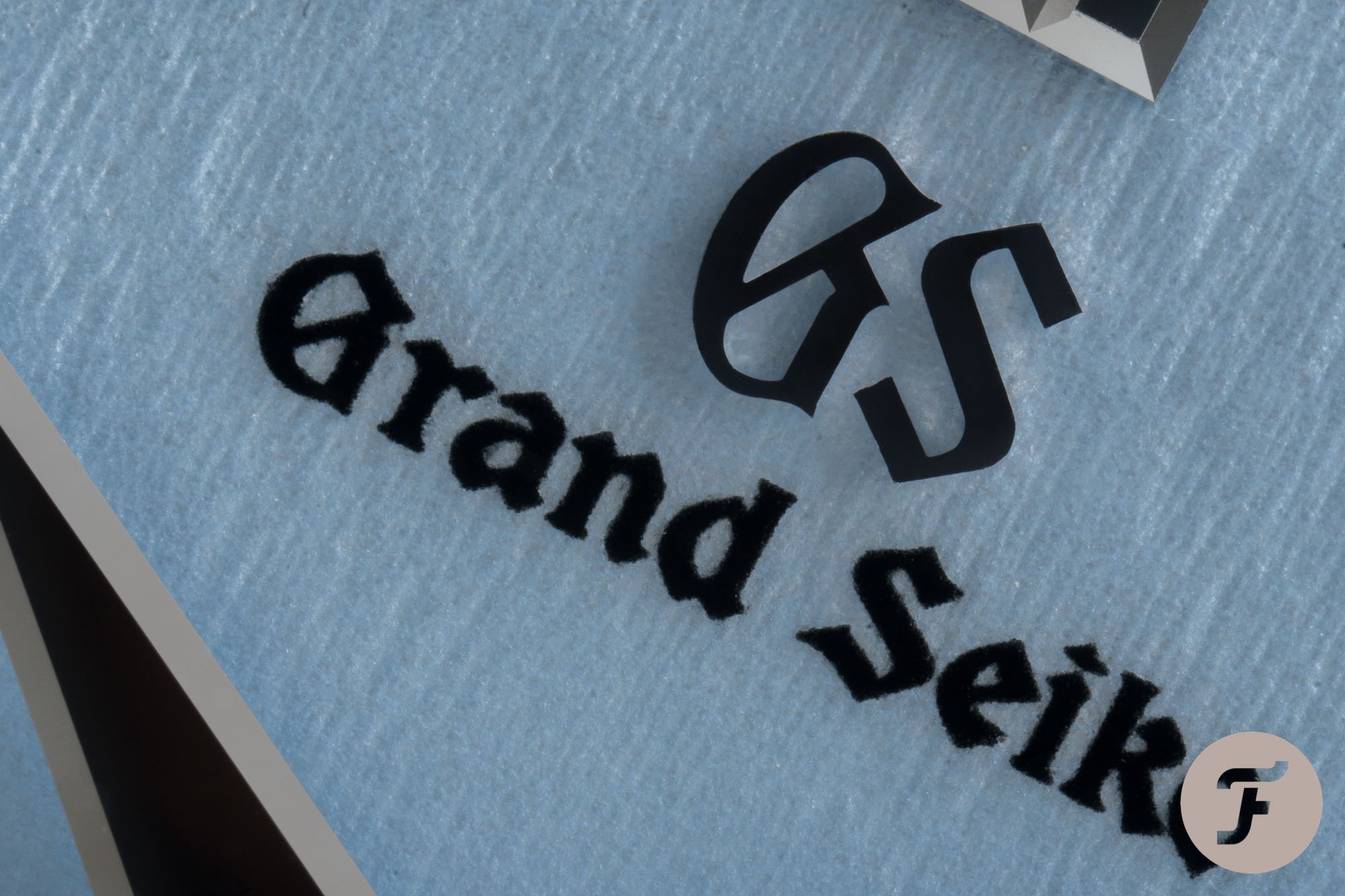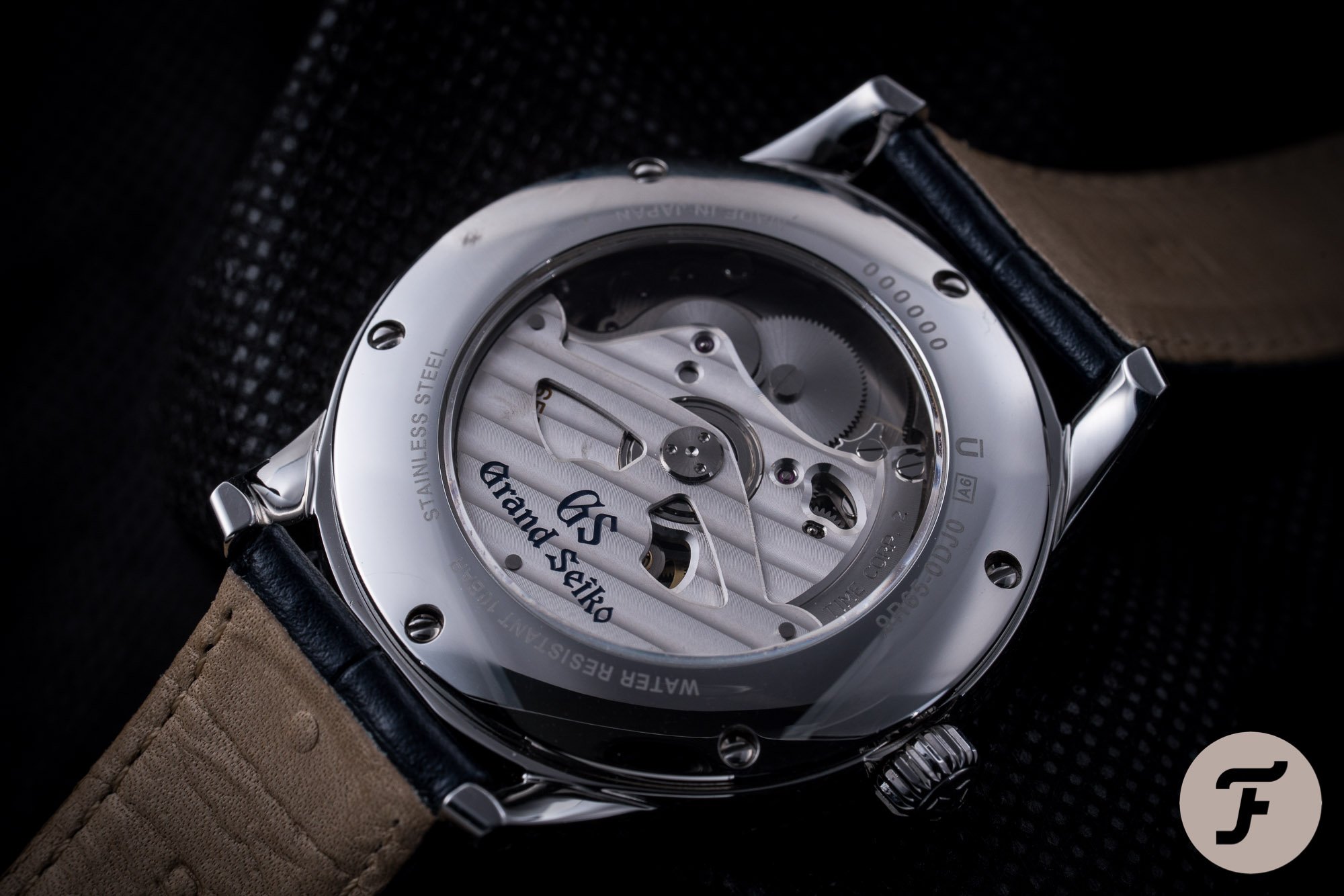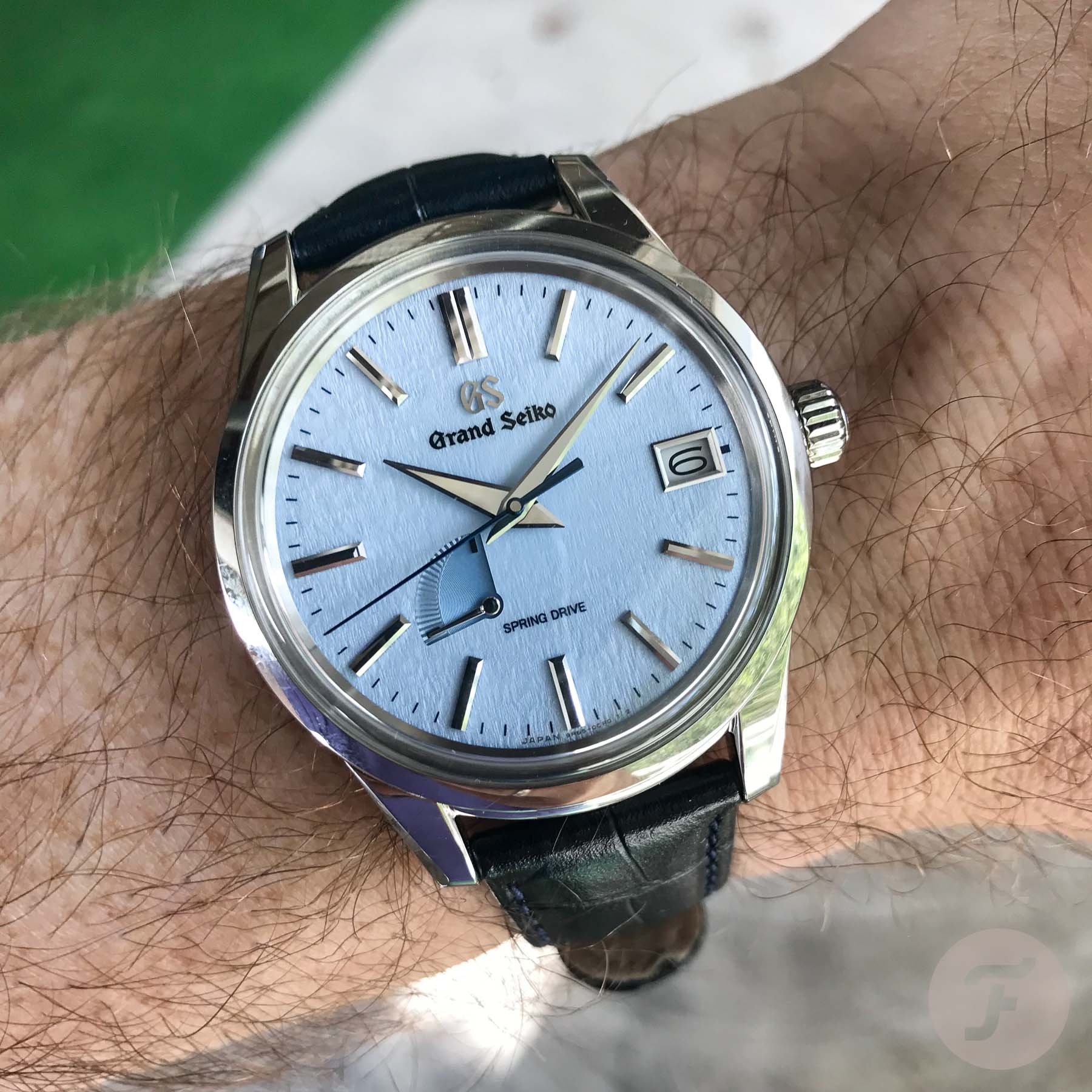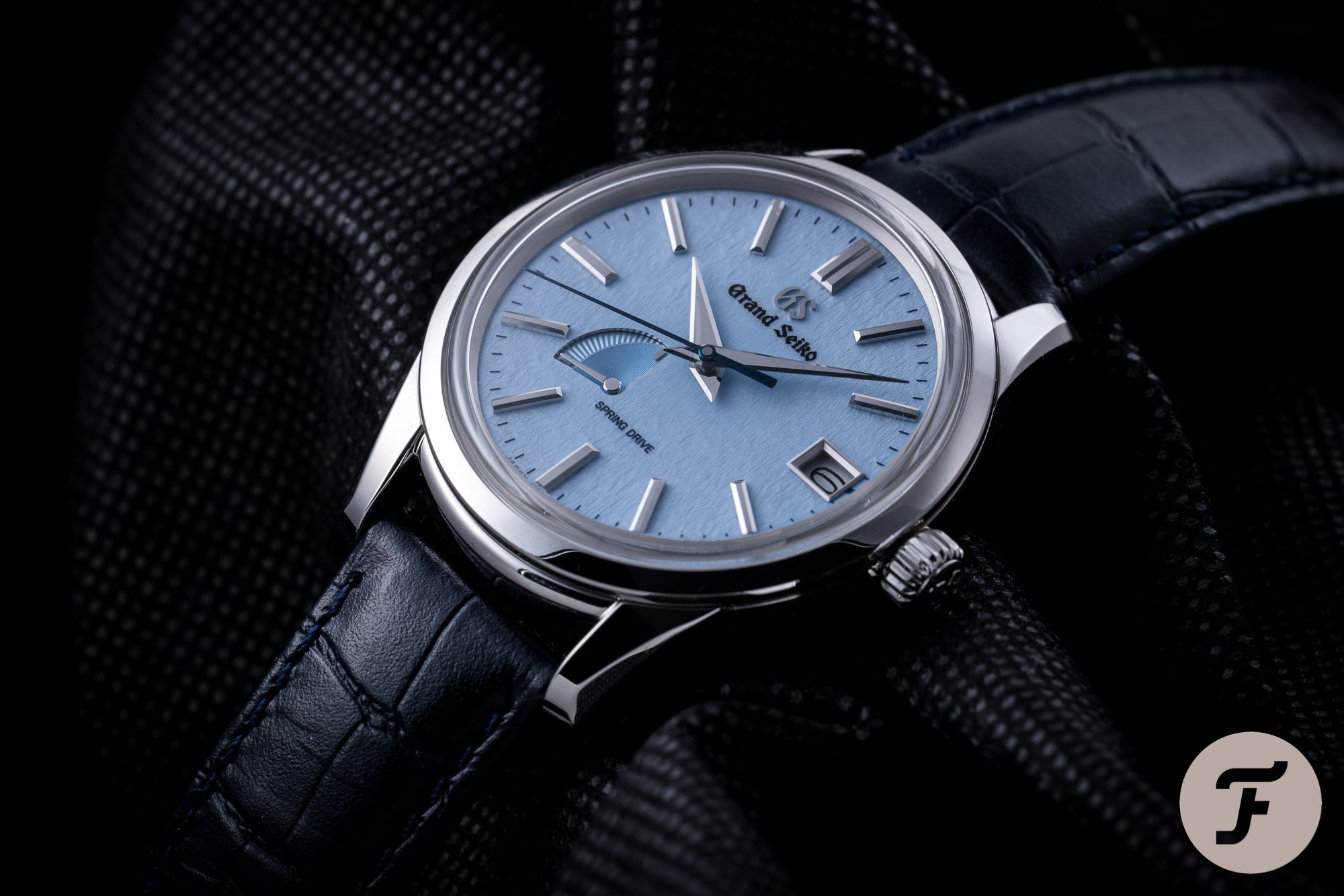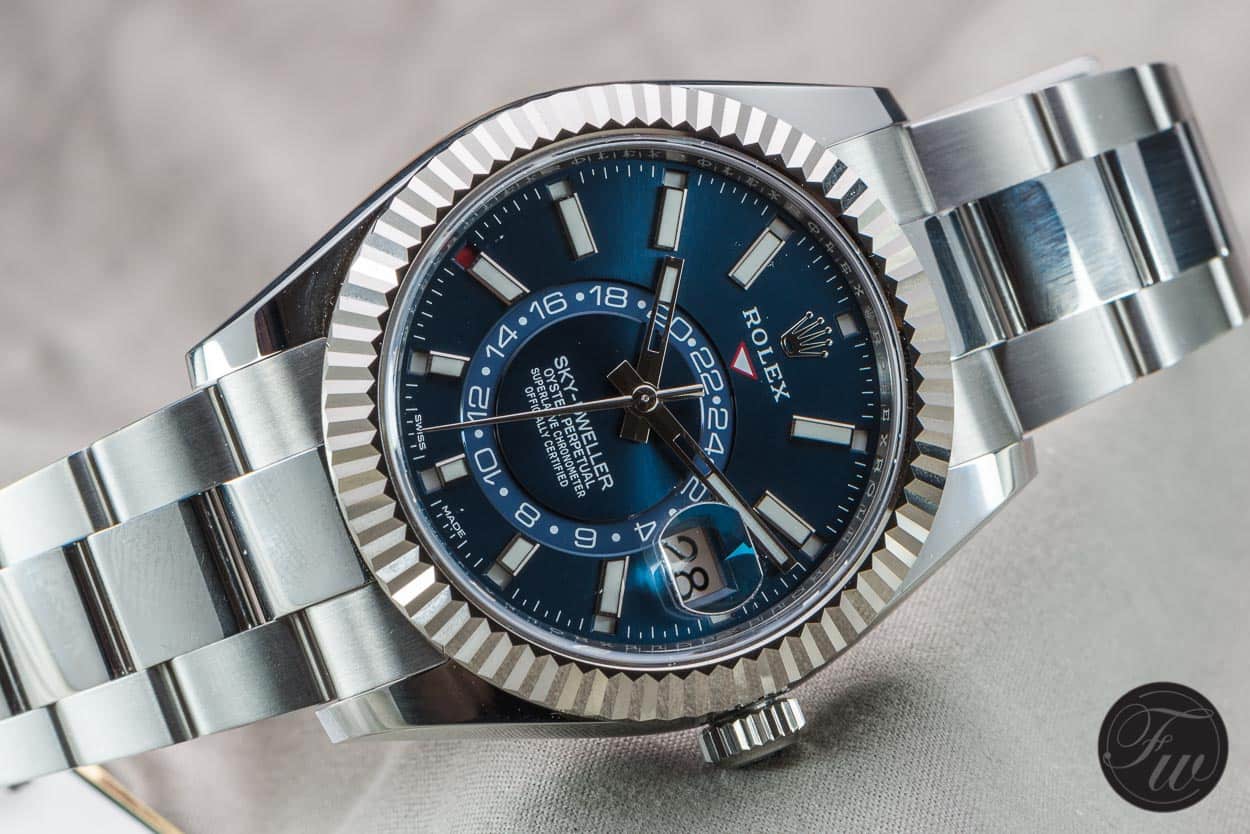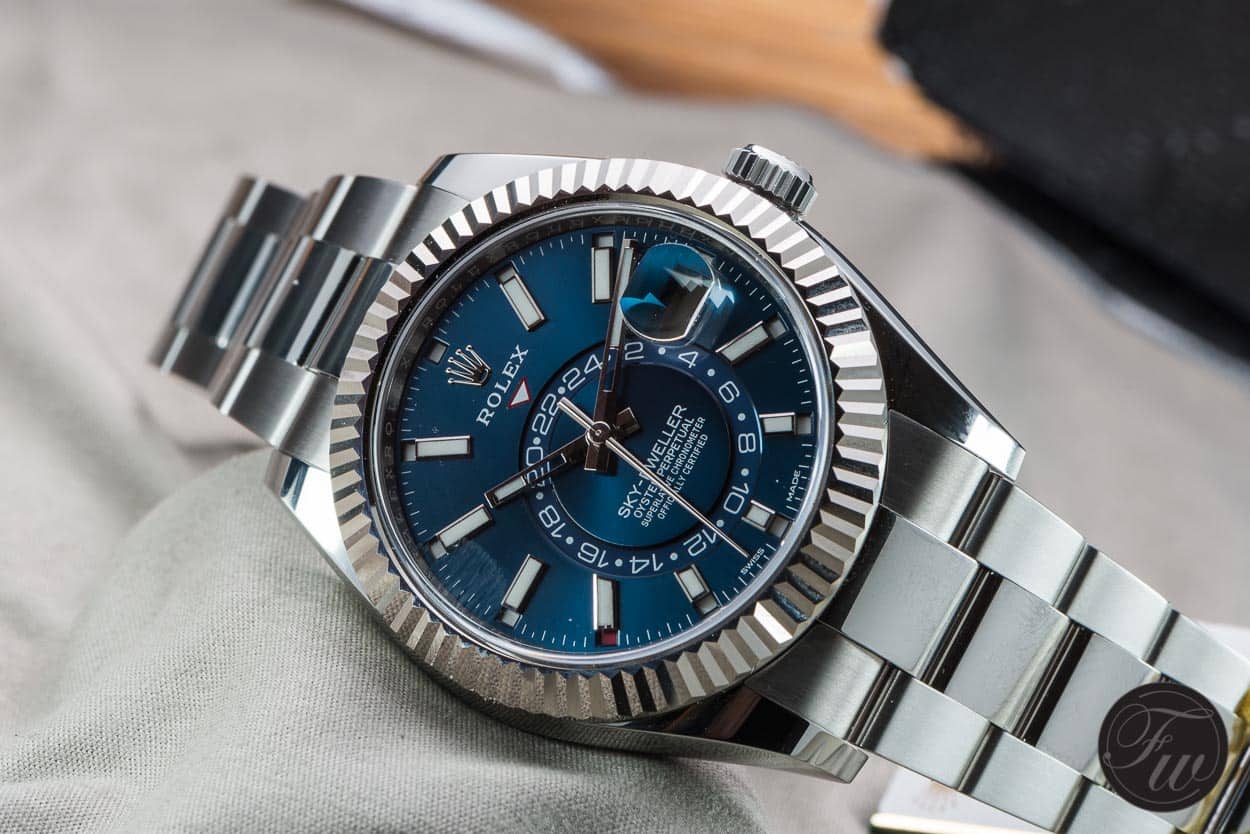Sunday Morning Showdown: Skyfall Shoot-Out — Rolex Vs. Grand Seiko
In this Sunday morning column, two of our writers go head-to-head in an epic showdown for the ages. Strong opinions and hysterical hyperbole are welcome (so feel free to join in with the fun in the comments section below). And don’t forget to let us know which watches you’d like to see torn to shreds/effusively exalted next week. We’ll try and feature as many of our readers’ choices as we can. This week, it’s all about blue. And now we need your help to decide between two very different watches from Rolex and Grand Seiko. Enter the Sky-Dweller and Skyflake SBGA407…
Last week was close. We anticipated as much. Despite the valid concerns surrounding our classification of a Rolex Datejust as a dress watch, it performed admirably. It’s opponent? The “classic” Grand Seiko “Snowflake”. I backed myself (on the side of Grand Seiko) for the win but I would have loved to see our very first tie. Well, I got the former at the expense of the latter. A win for the Snowflake over watchmaking’s icon sent shockwaves through the team. At 51/49, it couldn’t have been a closer victory. I wonder if GS has a shot this week?
Don’t worry. If you’re getting Rolex/Grand Seiko fatigue, next week’s Sunday Morning Showdown will go in a widely different direction. We’re bringing out the big hitters with the Nautilus going up against the Royal Oak. Be sure to tune in for that one. But before then, please, let us know which of these blue bombshells gets your vote. And don’t forget to tell us why in the comments section below.
Ben Hodges
I chuckled the first time I heard the word “Unobtanium”. James Cameron must have had his tongue firmly in cheek as he was penning the script for Avatar. Funny that Unobtanium is now part of the world’s lexicon. And in our little watch world, no word is more concise for describing particular watches. A “Unicorn” watch is something that is inherently rare. A watch made in low quantities, where the tools, materials and expertise no longer exist. A watch that is Unobtanium is merely hard to get. Despite the perceived ease in which they are produced. No watches fit this description more so than the Rolex Sky-Dweller 326934 in an Oystersteel case, with white gold bezel and blue dial.
Typically, it is the purpose-driven professional collection such as the Daytona and GMT-Master II that are regarded as the most desirable. But, I have had a fair share of conversations with retailers that say it is the Sky-Dweller that has the highest demand. You could not say this five years ago. The original Sky-Dweller showcased technical prowess that was unheard of at Rolex. A programmable bezel to switch between each adjustable function. An annual calendar with an ingenious peripheral month display requiring only one advancement per year. And for good measure, a dual-time sub-dial in a 24-hour format. Unfortunately, all these complications did not harmonize in an aesthetically pleasing dial. It was a bit of a dog’s dinner.
Baselworld 2017 changed the fate of the Sky-Dweller. By adding the option of Oystersteel for the bracelets and cases, the Sky-Dweller dropped down into a more attainable price bracket. Not only that, Rolex cleaned up the dial and replaced the Arabic and Roman numerals with refined baton indices. Just checking the site now, and I have noticed that even the full gold and bi-color models can only be configured with baton markers. Rolex did such a great job with the dial layout that from a distance, the Sky-Dweller could even be mistaken for a Datejust. The sunburst blue dial was the icing on the cake that finally made the Sky-Dweller resonate with the collectors and enthusiasts.
Rob Nudds
Dear readers. As I am sure you are aware, I stand before you a self-confessed flake-fanatic. This is the third (and, I promise, final) time I will roll out one of Grand Seiko’s most-loved textured dials. What you may not know about me, though, is that I am a very recent (and by no means whole-hearted convert) to blue dials.
Until very recently, I had a total of zero blue-dialed watches in a collection that was in excess of 50 pieces. In the last year or so, I think I might have added four or five. The Grand Seiko “Skyflake” hasn’t made it there yet, but it is certainly a lot more likely to than the Rolex Sky-Dweller. Allow me to tell you why…
In the past, I’ve waxed “Dickensian” lyrical about the Snowflake’s beauty. I’ve dedicated reams of rambling to the unmatched emotional reaction it sires in me. But underpinning my love of the Snowflake is the presence of the Spring Drive caliber. Without it, there is no doubt in my mind that my love would be diminished. Quite possibly, I would have overlooked it altogether. That would have been a tragedy. A crime. An aesthetical atrocity. But thank the heavens it did not come to pass. That technical triumph grabbed my attention and the delicious dial demanded I remain rapt.
…the Spring Drive technology stands up to the most interesting thing Rolex has managed to turn out in years.
And rapt I still am. So rapt, in fact, that a textured “flake” has made it into the Sunday Morning Showdown two weeks running. Madness? Maybe. Justified? JAWOHL, MEIN FREUND. And that justification centers on just how favorably the Spring Drive technology stands up to the most interesting thing Rolex has managed to turn out in years.
The Sky-Dweller movement is a peach. Don’t get me wrong. The way it works and even the way the information display is conceived is really neat and clever. I think the month indicator is one of my favorite details in any modern watch. And yet, for some reason, I’ve never liked the Sky-Dweller. It is technologically impressive, yes, but, for me, the design just doesn’t sing.
…the best time/date/power-reserve movement ever made…
It is clear to me that the latest iteration with the baton markers is the best yet, so good choice Ben. Clear too, is the fact this watch (like most) works best in steel. So why is my choice, the Grand Seiko SBGA407 Spring Drive so much better? Well, aside from that pretty dial that I’ve bored you to tears over before, it’s because it is packing the best time/date/power-reserve movement ever made within its steely shell.
I want to take the opportunity to talk about how the Spring Drive caliber actually works. So far in this series you’ve been exceptionally patient with me. I have, almost exclusively, told you why I love Grand Seiko watches from an aesthetic point of view. Although I may have touched on the presence of the Spring Drive, I never dived right into the topic. Why? It is a bit complicated. I also didn’t want to take too dry a tone in a column that is more about having fun at each other’s expense. But at the core of Sunday Morning Showdown is one thing: passion. And I am passionate about the Spring Drive movement.
Skeletonised Rotary watches…
My journey in the watch industry, like many, began behind a sales counter when I was a teenager. Back then, our training was rudimentary at best. I worked in a pretty low-budget store. The best brands we stocked were the better-than-average fashion brands. Things like DKNY, Gucci, Guess, and a bit of Fossil. The Casio stand enjoyed an amount of attention I wouldn’t come to understand until years after the fact. In fact, in those wide-eyed days of wonder, I was drawn to Rotary watches. Skeletonised Rotary watches at that…
My desire to become a watchmaker was initially stoked by pieces I now despise. But the thing that caught my eye — and heart — was the fluttering balance wheel visible through the cut-out bridges. The mechanics were everything. Mainsprings were good and batteries were bad. Balance wheels and springs were sacrosanct, quartz crystals were sacrilegious. It was a simpler time. In more ways than one…
…witchcraft…
I had already graduated from the British School of Watchmaking by the time I came into contact with the Spring Drive technology. I think my lecturers had mentioned it in passing during my time at the school but dismissed it as “impure” technology (or witchcraft, perhaps). At the time I thought they were just mech-heads like me. Now, I’m pretty sure they glossed over it because they didn’t have a clue what was going on inside the watch either.
It took me a long time to understand. I had to strip one down and put it back together before everything fell into place. I was really struggling to get my head around the integrated circuit’s ability to “count”. That’s the same in all quartz watches, though, so I shouldn’t have made it as complicated as I did in my mind. It’s just when you have electronic and mechanical elements combining things can get a bit muddled for no good reason. So let me begin at the beginning and go through the movement’s operation step-by-step. By the end of it, I hope you’ll agree that as fancy as Rolex’s fanciest professional movement is, it doesn’t compare to the wonder of Spring Drive.
The role of the regulation organ (the escapement) is to drip-feed that power to the hands.
Let’s start with the power source. Like a regular mechanical watch, Spring Drive movements are powered by a mainspring. This is wound in the same way as it would be in a regular mechanical watch. You can wind it manually by hand, or, in the case of the 9R65 employed by the Grand Seiko SBGA407, via an automatic winding weight. Manual Spring Drive calibers do exist, but the majority are automatic. A mainspring is constantly trying to unwind itself. The role of the regulation organ (the escapement) is to drip-feed that power to the hands. Before that power reaches the escapement, it passes through the gear train, which divides the power up into usable blocks so it can be expressed as seconds, minutes, and hours by the hands.
In regular mechanical watches, the escapement operates at a set frequency. The most common frequency these days (which, in the past, would have been regarded as “high frequency”) is 4Hz. This is also expressed as 28,800vph. That equates to 28,800 “ticks” per hour or eight ticks per second. That results in a seconds hand that appears to sweep (although it is actually just ticking quite quickly). The difference between this system and the Grand Seiko Spring Drive system is that a Spring Drive doesn’t sweep at all.
The power generated by the mainspring, isn’t passed from an escapement to the hands. First, it passes through a continuously spinning flywheel (which rotates in the same direction eight times per second). If you look through the glass case back of a Spring Drive watch you will see this wheel spinning constantly in one direction. And this is where things start to get really clever.
…their movement is continuous forward motion.
The hands are linked to the flywheel (which GS calls a rotor, but for the sake of clarity, I’m calling it a flywheel), which means their movement is continuous forward motion. There are no ticks expressed by the seconds hand (or, subsequently, the minute or hour hands). The power delivery is regulated by an integrated circuit, which “listens” to the speed of the flywheel, compares it to the oscillations of a quartz crystal, which is given a tiny electrical charge by the energy generated by the constantly spinning flywheel, and slows the wheel if necessary with magnets.
Yes, magnets in a mechanical watch. Crazy, right? It kind of flies in the face of everything you thought you knew about what should and shouldn’t be inside a mechanical watch. It is, therefore, an incredibly balanced mechanism with all parts — some seemingly incongruous — working in perfect harmony.
…there is nothing quite like the Spring Drive caliber.
When extolling the virtues of the Spring Drive’s continuous sweep, we often see comments suggesting other brands (notably Bulova and its Precisionist line) also make movements with continuously sweeping seconds hands. These watches use incredibly high-frequency quartz or tuning fork mechanisms that give the same appearance to the human eye, but, in reality, they still tick. Yes, they are ticking so quickly the hand appears to be moving in an unbroken line, but if you view this action through a slow-motion camera, slight stepping can be observed. A Bulova precisionist quartz crystal oscillates at a stunning 262kHz, but the seconds hand “only” ticks 16 times per second. Simply put, there is nothing quite like the Spring Drive caliber.
Now, all this sounds very exhausting for a small movement and you might be forgiven for thinking the load on the components is therefore very high. But here’s the beauty of Spring Drive: because the components are moving smoothly in one direction, they sustain far less impact than the components of a regular watch. Consequently, Spring Drive movements should run a long time between services without complaint.
The Rolex Sky-Dweller is a magnificent achievement, but when it comes to rewriting the book, not even a sexy calendar complication comes close to the Spring Drive. Wrap it all up in a sweet, baby blue package with an artful dial and you have, in my opinion at least, a real winner.
Ben: Sorry, Rob. Just had to put the kettle on as you “waxed Dickensian lyrical” about the Spring Drive. Yes, it is a top tier innovation in horology. But, that cannot take away from the fact Rolex produced a complicated watch. In 2012, the world was not ready for a Rolex that had more than a date or chronograph complication in addition to the time. It only sunk in as the years rolled on. An actual blue-moon-aligning announcement (that is known as a malaphor for any literary geeks out there).
Patek Philippe’s first Annual Calendar was more complicated than their Perpetual Calendar
Ben: When Patek Philippe released the first annual calendar in 1996, they somehow made it more complicated than their perpetual calendar that had been around for decades. The perpetual calendar accounts for the days in each month, including leap years, whereas the annual calendar needs a single advancement at the end of February. It seemed counter-productive that this new movement would have more components and Rolex acknowledged this.
Caliber 9001, or Saros as Rolex calls it, added only a few components for the annual calendar function. If the Sky-Dweller ever ditched the dual-time dial, this could be the ultimate sleeper watch. With only an unobtrusive month indicator and the auto-adjusting date window to give the game away. But do not assume that the complicated watch is, therefore, more complicated to operate. I mentioned it before, but the ring-command bezel deserves elaboration.
Rolex Ring Command
Controlling all functions from the crown is always a nice-to-have in a watch, but when it comes to complicated watches, this is almost impossible. Think about; you unscrew the crown to one position to wind, then pull out to set the date, and further to set the time. Any more functions and the crown looks like it is having an out-of-body experience with the case. Rolex instead used their longstanding fluted bezel, which initially served the purpose of screwing in the glass to form a tight seal. Providing some grip, the bezel switches settings from date to month and the local hour just like the GMT-Master II, with only one pull-out of the crown.
This is no gimmick. This is a real watch-making accomplishment that Rolex does not receive enough credit for.

